| 结构式 | 名称/CAS号 | 全部文献 |
|---|---|---|
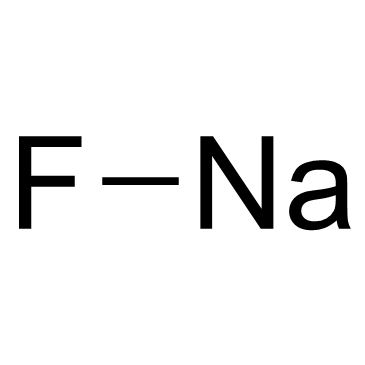 |
氟化钠
CAS:7681-49-4 |
|
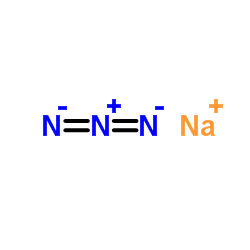 |
叠氮化钠
CAS:26628-22-8 |
|
 |
氯化钠
CAS:7647-14-5 |
|
 |
十二烷基硫酸钠
CAS:151-21-3 |
|
 |
去氧胆酸钠
CAS:302-95-4 |
|
 |
氯化钠-35cl
CAS:20510-55-8 |
|
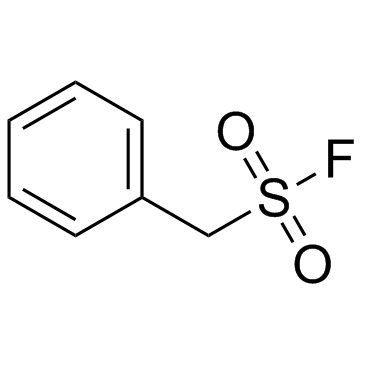 |
苄磺酰氟
CAS:329-98-6 |
|
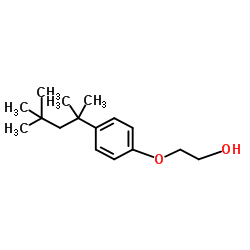 |
4-叔辛基苯酚单氧化物
CAS:2315-67-5 |
|
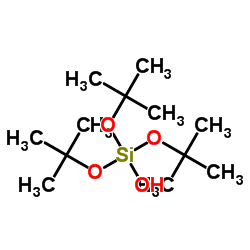 |
三(叔丁氧基)硅烷醇
CAS:18166-43-3 |
|
 |
磷酸三钠
CAS:7601-54-9 |